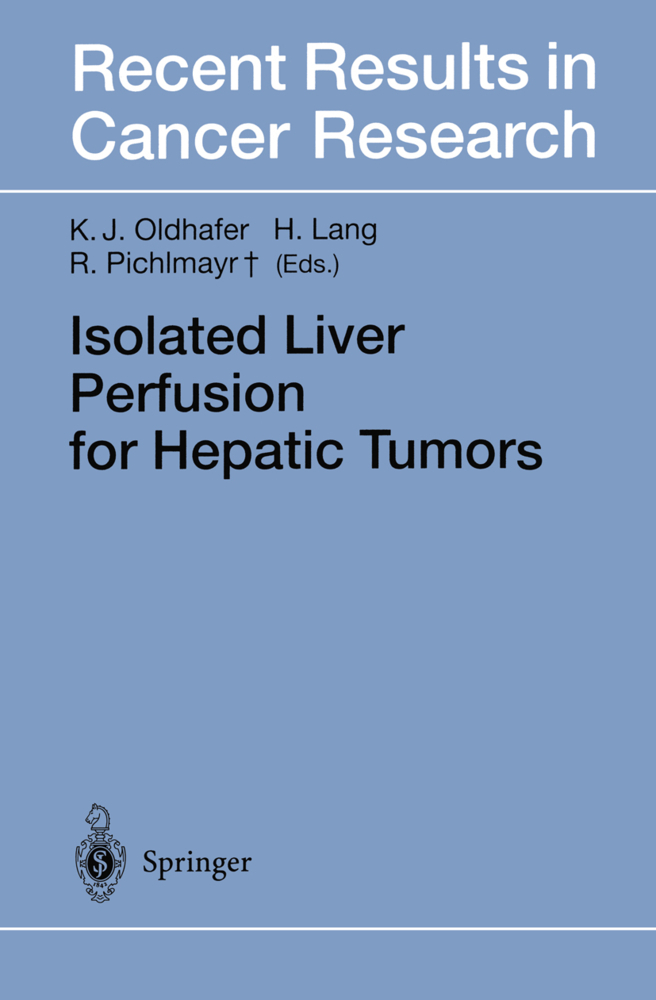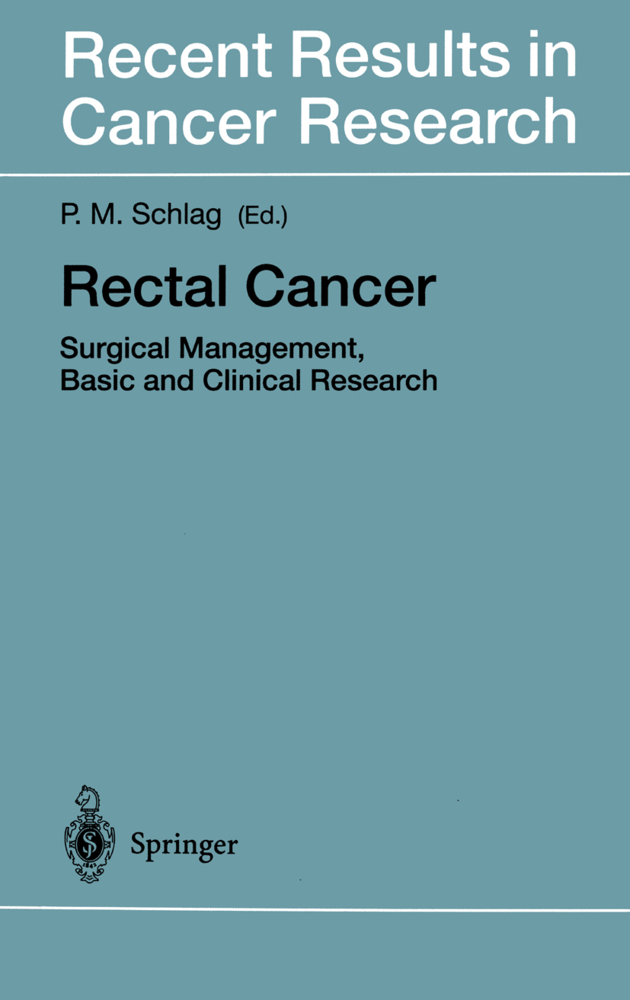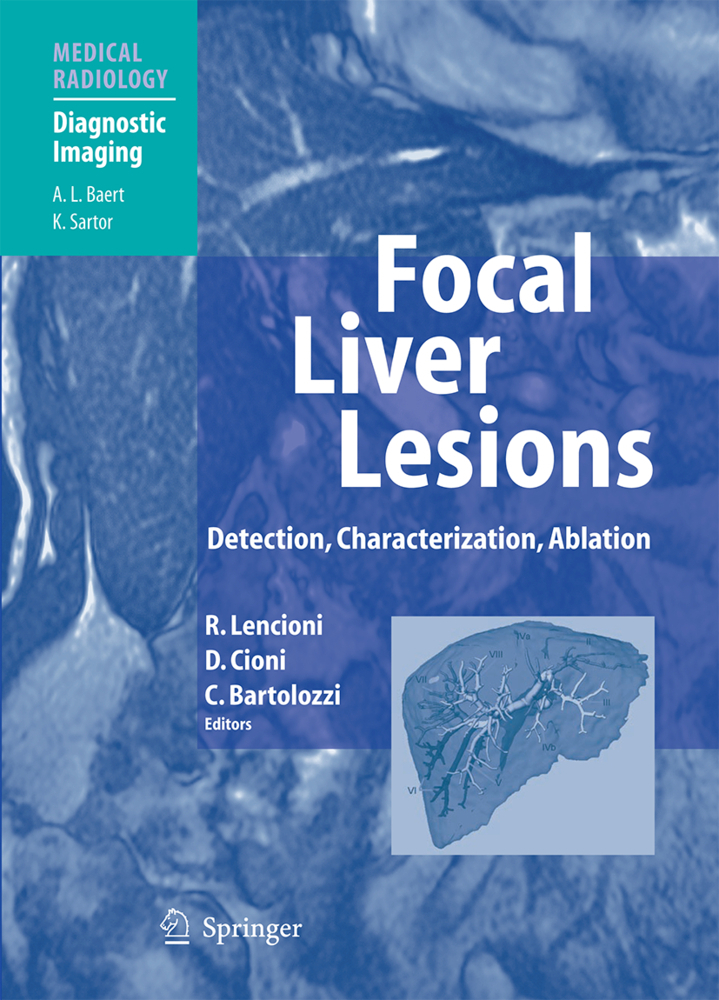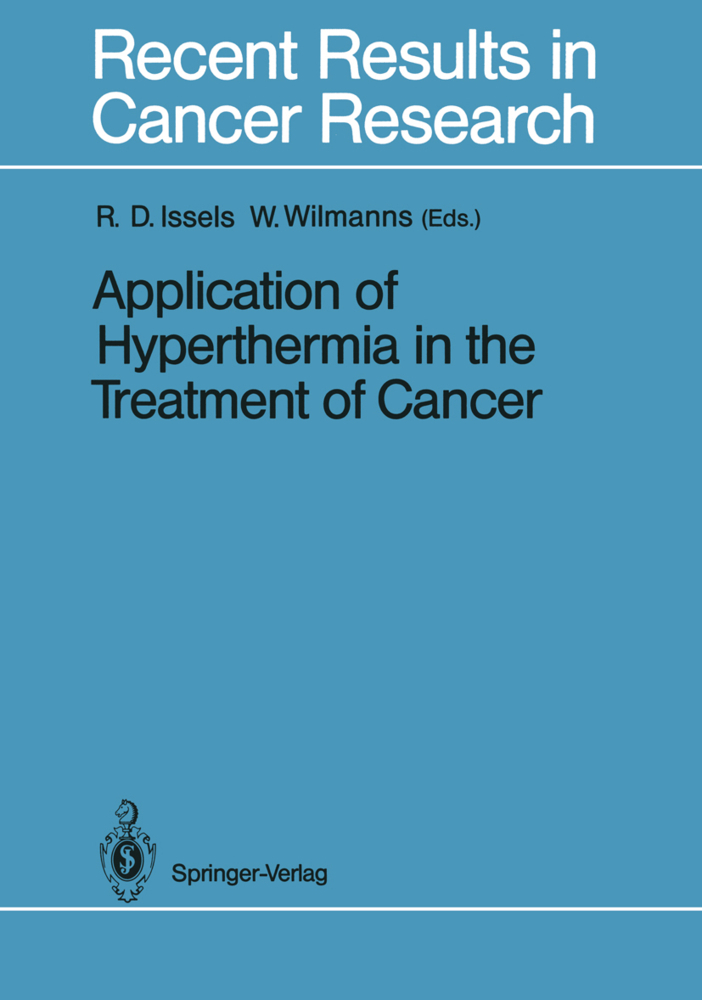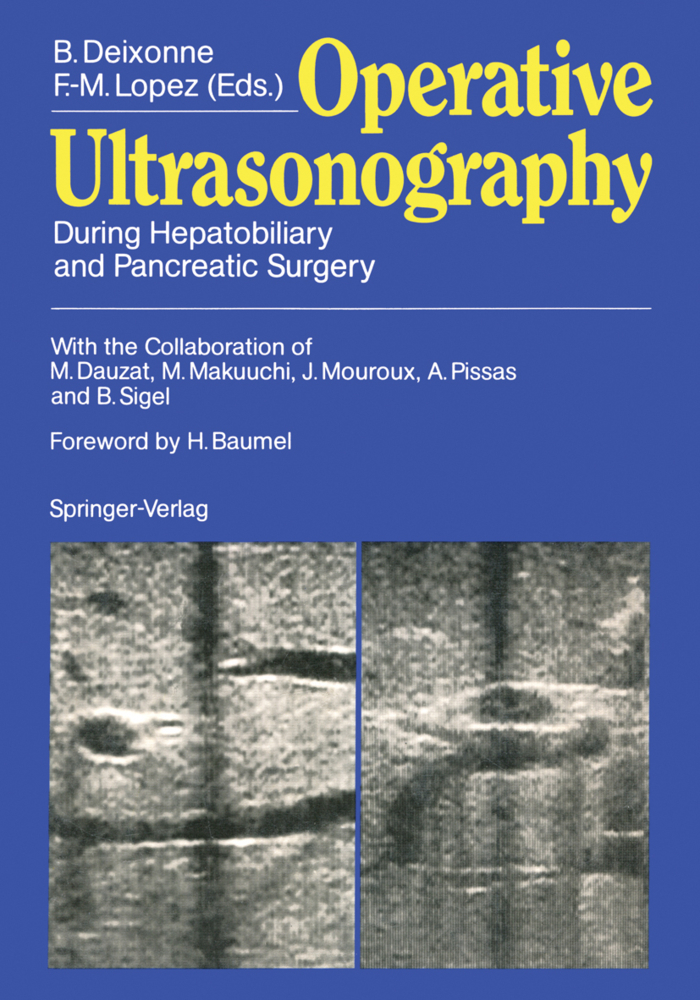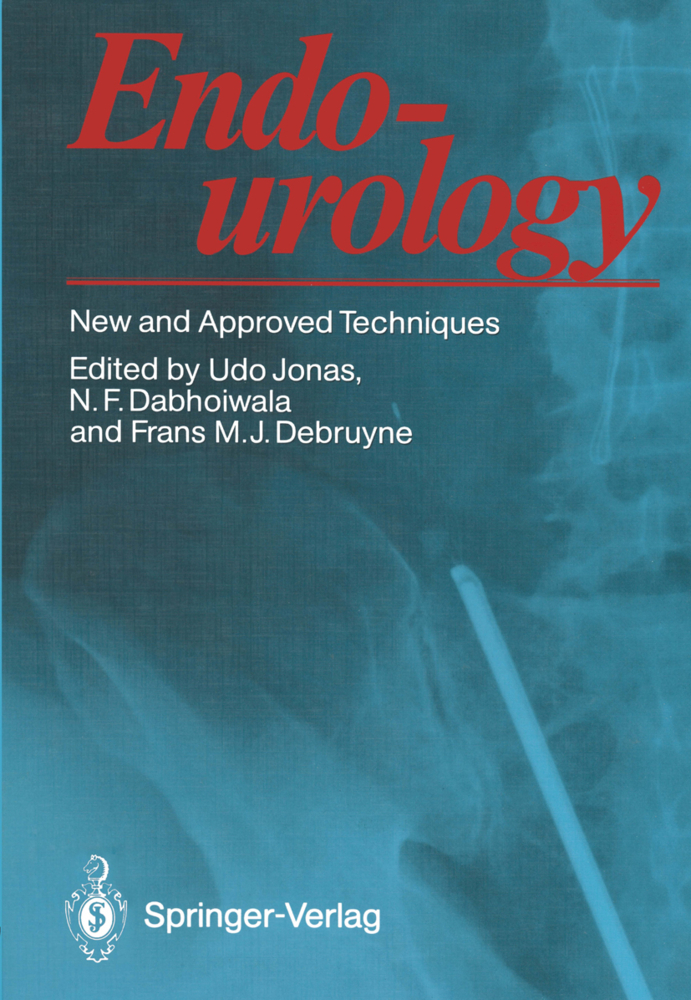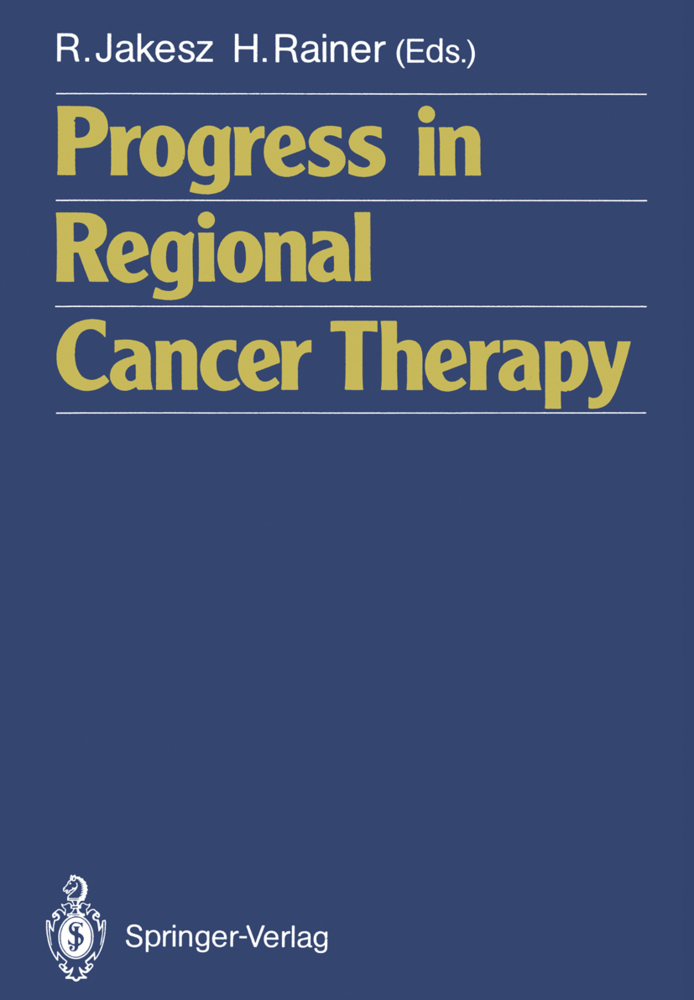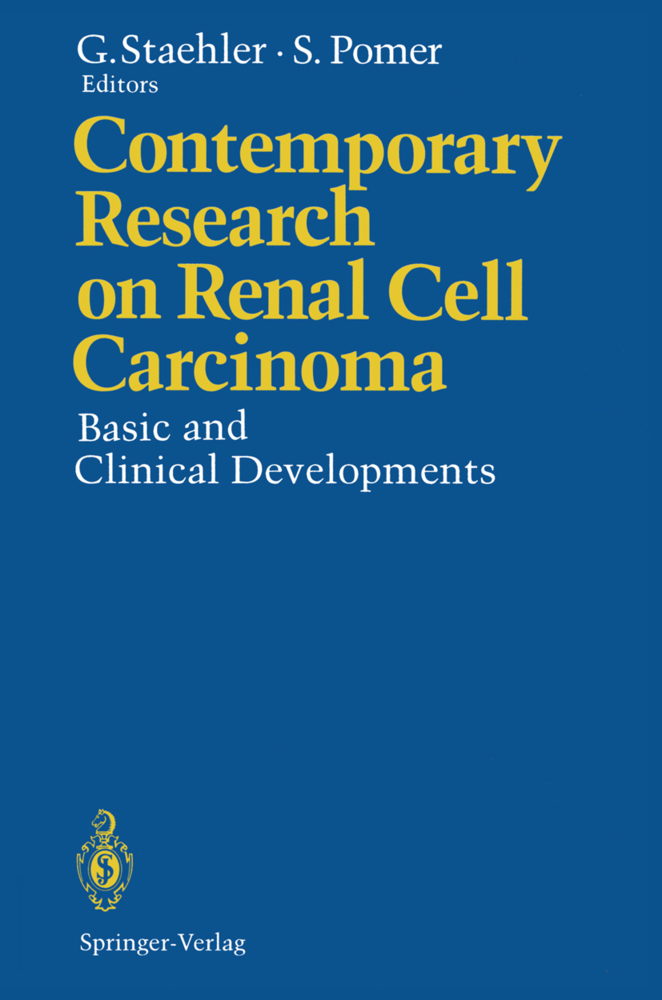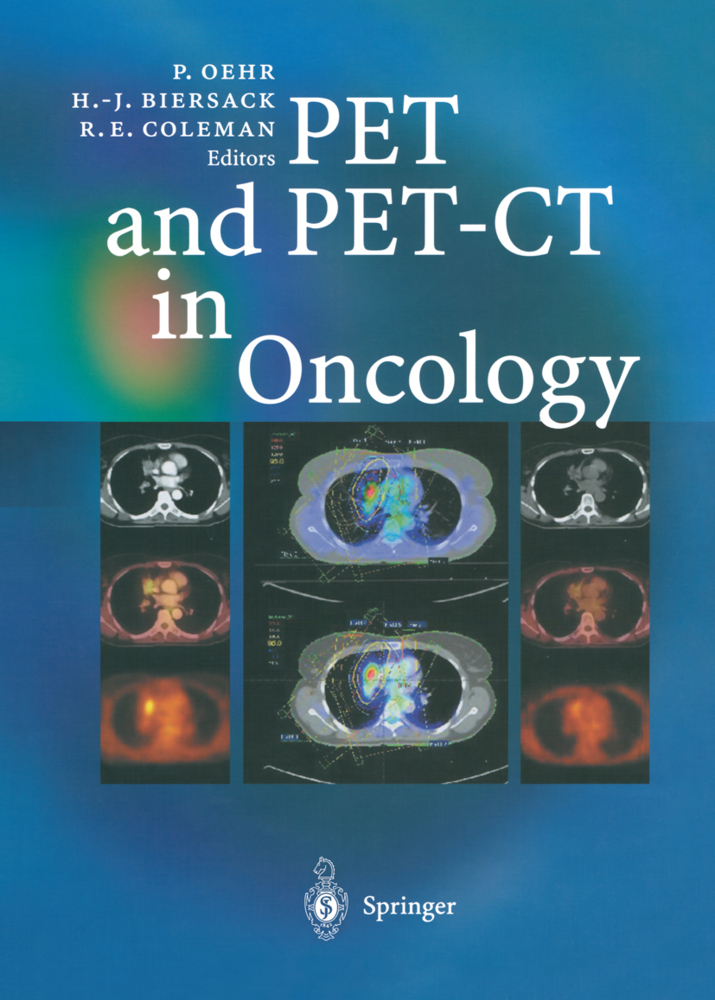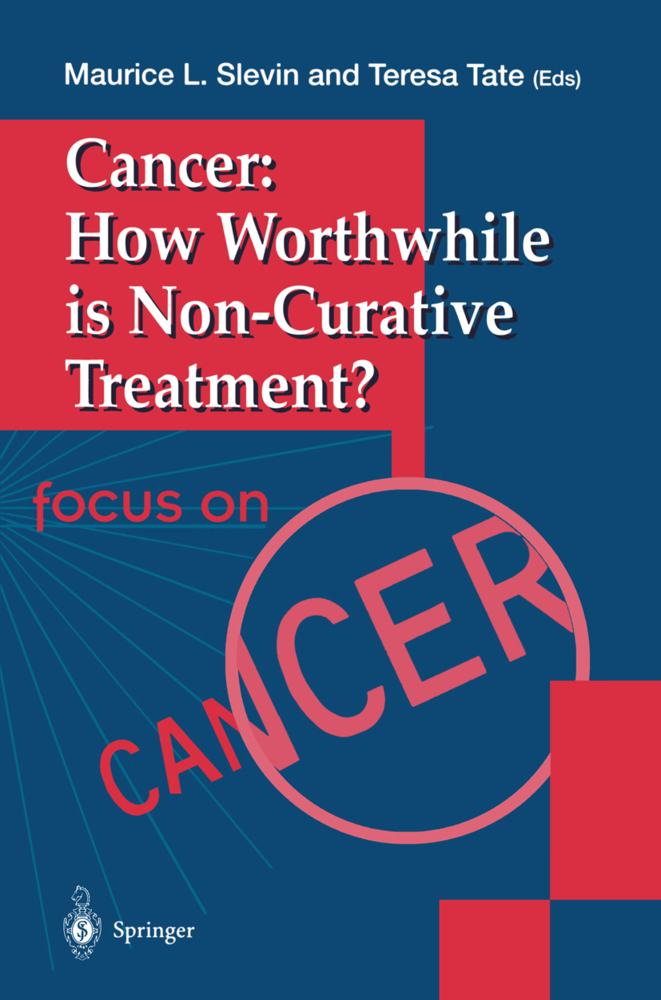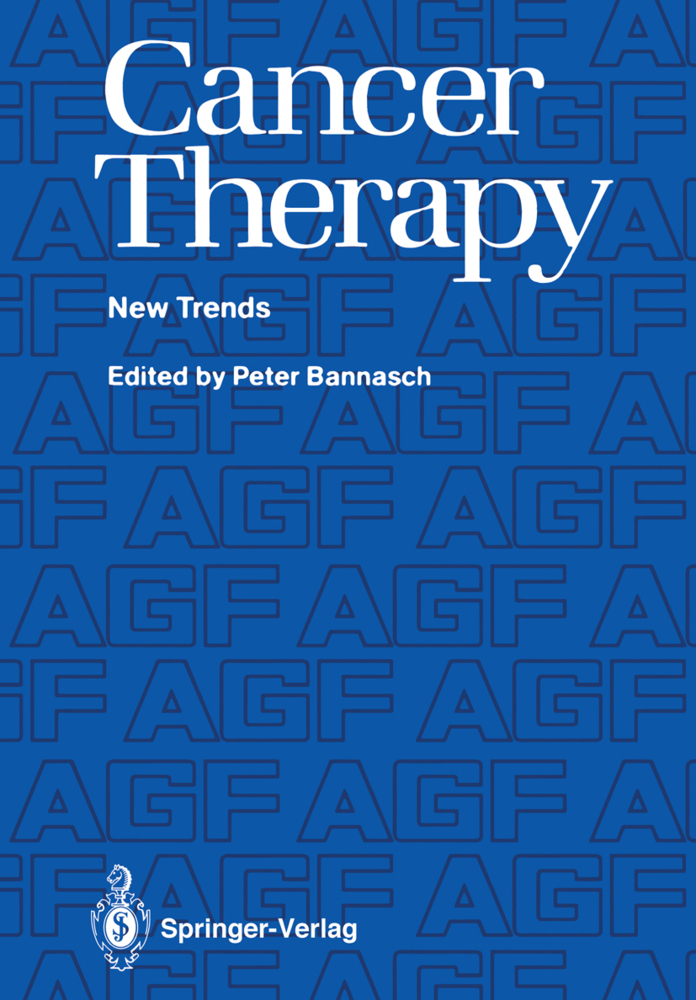Isolated Liver Perfusion for Hepatic Tumors
Isolated Liver Perfusion for Hepatic Tumors
The contributions in this book were originally presented at the workshop "Research and Clinical Application of Isolated Liver Perfusion for Hepatic Tumors" held on 28 February to 1 March 1997 in Hanover, Germany. The workshop was planned to bring together groups working with isolated liver perfusion techniques worldwide. Experts from various countries were invited to pre sent and discuss their experimental data and clinical results. USA par Groups from Japan, The Netherlands, Sweden and the ticipated. At the beginning, oncologists, surgeons and patholo gists presented possible indications and the oncological back ground for therapeutic isolated liver perfusion from their points of view. Based on data from previous studies about loco regional chemotherapy and based on the pathology of metastasis, it could be concluded that there is a place for isolated liver perfusion in the therapy of liver cancer. Second, different surgical techniques of isolated liver perfusion were presented. These techniques var ied from a percutaneous approach with extracorporeal chemofil tration to extended open abdominal surgery. Perfusion of the liv er without a considerable amount of drug reaching the systemic circulation proved to be possible. The complex procedure with complicated extracorporeal perfusion technique represented a disadvantage of the methods presented. Further studies should simplify the technical and surgical aspects. Intraoperative and postoperative management of . patients undergoing isolated liver perfusion were also discussed. Coagulopathy was one important aspect which can occur during isolated liver perfusion. The per centage of leakage determined systemic side effects.
Indications for Isolated Hyperthermic Liver Perfusion: A Surgeon's View
II. Technique/Anaesthesia
Asanguineous Isolated Hyperthermic Perfusion of the Liver: Results of an Experimental Study in Pigs
Hyperthermo-Chemo-Hypoxic Isolated Liver Perfusion for Hepatic Metastases: A Possible Adjuvant Approach
The Surgical Technique of Isolated Hyperthermic Arterial Liver Perfusion in Humans
Monitoring Leakage During Isolated Hepatic Perfusion
Anesthesiological Management During Isolated Liver Perfusion
III. High-Dose Chemoperfusion
Percutaneous Isolated Liver Chemoperfusion for Treatment of Unresectable Malignant Liver Tumors: Technique, Pharmacokinetics, Clinical Results
Phase l/ll Studies of Isolated Hepatic Perfusion with Mitomycin C or Melphalan in Patients with Colorectal Cancer Hepatic Metastases
IV. Tumor Necrosis Factor
Molecular Mechanisms of TNF Receptor-Mediated Signaling
Isolated Hepatic Perfusion with Tumor Necrosis Factor a and Melphalan: Experimental Studies in Pigs and Phase I Data from Humans
Isolated Hepatic Perfusion with Extracorporeal Oxygenation Using Hyperthermia, TNF a and Melphalan: Swedish Experience
V. Radiological Control of Tumor Response
Role of Ultrasonography for Monitoring Tumor Necrosis After Chemotherapy
CT and MR to Assess the Response of Liver Tumors to Hepatic Perfusion
VI. Future Aspects
Implications of Heat Shock Proteins During Liver Surgery and Liver Perfusion
Towards Gene Therapy for Colorectal Liver Metastases.
I. Indication
Are There Indications for Intraarterial Hepatic Chemotherapy or Isolated Liver Perfusion? The Case of Liver Metastases from Colorectal CancerIndications for Isolated Hyperthermic Liver Perfusion: A Surgeon's View
II. Technique/Anaesthesia
Asanguineous Isolated Hyperthermic Perfusion of the Liver: Results of an Experimental Study in Pigs
Hyperthermo-Chemo-Hypoxic Isolated Liver Perfusion for Hepatic Metastases: A Possible Adjuvant Approach
The Surgical Technique of Isolated Hyperthermic Arterial Liver Perfusion in Humans
Monitoring Leakage During Isolated Hepatic Perfusion
Anesthesiological Management During Isolated Liver Perfusion
III. High-Dose Chemoperfusion
Percutaneous Isolated Liver Chemoperfusion for Treatment of Unresectable Malignant Liver Tumors: Technique, Pharmacokinetics, Clinical Results
Phase l/ll Studies of Isolated Hepatic Perfusion with Mitomycin C or Melphalan in Patients with Colorectal Cancer Hepatic Metastases
IV. Tumor Necrosis Factor
Molecular Mechanisms of TNF Receptor-Mediated Signaling
Isolated Hepatic Perfusion with Tumor Necrosis Factor a and Melphalan: Experimental Studies in Pigs and Phase I Data from Humans
Isolated Hepatic Perfusion with Extracorporeal Oxygenation Using Hyperthermia, TNF a and Melphalan: Swedish Experience
V. Radiological Control of Tumor Response
Role of Ultrasonography for Monitoring Tumor Necrosis After Chemotherapy
CT and MR to Assess the Response of Liver Tumors to Hepatic Perfusion
VI. Future Aspects
Implications of Heat Shock Proteins During Liver Surgery and Liver Perfusion
Towards Gene Therapy for Colorectal Liver Metastases.
Oldhafer, Karl J.
Lang, Hauke
Pichlmayr, Rudolf
| ISBN | 9783642804625 |
|---|---|
| Artikelnummer | 9783642804625 |
| Medientyp | Buch |
| Auflage | Softcover reprint of the original 1st ed. 1998 |
| Copyrightjahr | 2012 |
| Verlag | Springer, Berlin |
| Umfang | 191 Seiten |
| Abbildungen | XI, 191 p. 61 illus. |
| Sprache | Englisch |

